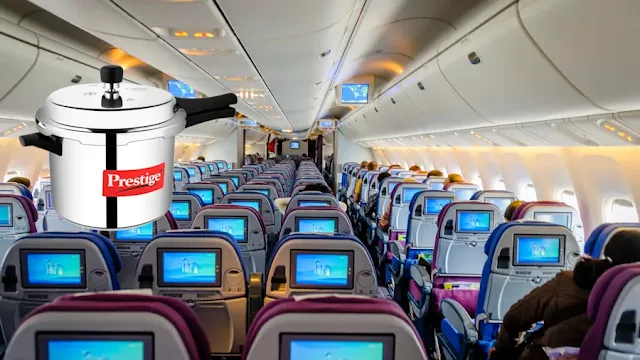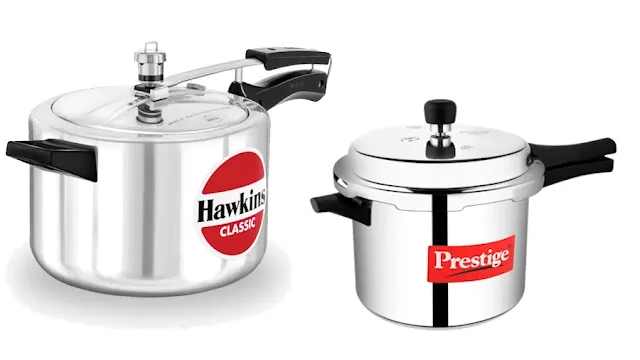Table of Contents

Traveling to India with a drone requires understanding the country’s strict customs and drone regulations enforced by the Directorate General of Civil Aviation (DGCA) and the Central Board of Indirect Taxes and Customs. Whether you’re a tourist capturing scenic views or a professional using drones for events, compliance with these rules is crucial to avoid confiscation or penalties. This guide covers drone import rules, customs duties, and restrictions on drone use in India.
Indian Drone Regulations
Flying drones is legal in India under strict guidelines outlined by the DGCA’s Digital Sky platform. The DGCA classifies drones as “Remotely Piloted Aircraft” (RPA) and categorizes them by weight, with specific regulations for each type.
- Nano: Less than or equal to 250 grams, exempt from most permits when flown low or indoors.
- Micro: 250 grams to 2 kg, also exempt in certain low-altitude or indoor scenarios.
- Small: 2 kg to 25 kg, requires a Unmanned Aircraft Operator Permit (UAOP).
- Medium: 25 kg to 150 kg, subject to stricter permissions.
- Large: Over 150 kg, heavily regulated for commercial use.
Most operators need a UAOP, except for nano and micro drones used in specific conditions. Every flight requires permission via the Digital Sky mobile app, which processes requests automatically. Foreigners are currently prohibited from flying drones in India, as per DGCA rules.
Customs Duty on Drones
Bringing a drone into India involves customs duties, which can significantly increase costs. The Indian Customs Act outlines the duty structure, which includes:
- Basic Customs Duty (BCD): Typically 10-20% of the drone’s assessed value.
- Social Welfare Surcharge: A percentage of the BCD, supporting social initiatives.
- Goods and Services Tax (GST): 18-28% applied on the total value, including BCD and other duties.
Customs officials assess the drone’s value based on transaction records or comparable items. Travelers must declare drones on the Customs Declaration Form, as they are listed as dutiable goods. Failure to declare may lead to confiscation or penalties.

Can You Carry a Drone to India?
India does not ban drone imports, but travelers must declare drones upon arrival via the Red Channel at customs. Failure to declare can result in confiscation or legal action. Many travelers successfully bring drones for personal use, but compliance is key. Drones must be carried in cabin luggage to demonstrate personal use, and receipts may be required to verify ownership.
Foreigners are not permitted to fly drones in India, so importing a drone is primarily for residents or those intending to store it. Check the BCAS Prohibited Items List for additional security guidelines.
Drone Photography and Videography in India
Drone photography and videography over public property are heavily restricted. India has numerous no-fly zones, including areas near international borders, military installations, and airports. Unauthorized drone use, as reported in cases like a 2016 incident involving a Chinese national, can lead to arrests or fines. Travelers should avoid flying drones without DGCA approval via the Digital Sky platform.

Practical Tips for Travelers
To navigate Indian customs and drone regulations smoothly, consider these tips:
- Declare Your Drone: Use the Red Channel at customs and complete the Customs Declaration Form to avoid penalties.
- Carry in Cabin Luggage: Keep your drone in your carry-on to show it’s for personal use.
- Provide Receipts: Carry purchase receipts to verify the drone’s value and ownership.
- Avoid Flying as a Foreigner: Foreigners are prohibited from flying drones, so consider hiring a local operator for events. Check IATA Travel Centre for global travel guidelines.
- Check No-Fly Zones: Research restricted areas via the Digital Sky platform to avoid legal issues.
Frequently Asked Questions
Can I bring a drone to India?
Yes, you can bring a drone to India, but you must declare it at customs via the Red Channel and pay applicable duties.
Will my drone be confiscated at Indian airport customs?
Your drone may be confiscated if you fail to declare it or if it’s deemed for commercial use without proper permits.
Are foreigners allowed to fly drones in India?
No, foreigners are currently prohibited from flying drones in India, as per DGCA regulations.
Is drone photography allowed over public property in India?
Drone photography is heavily restricted, especially in no-fly zones like borders, military areas, and airports. DGCA approval is required.










